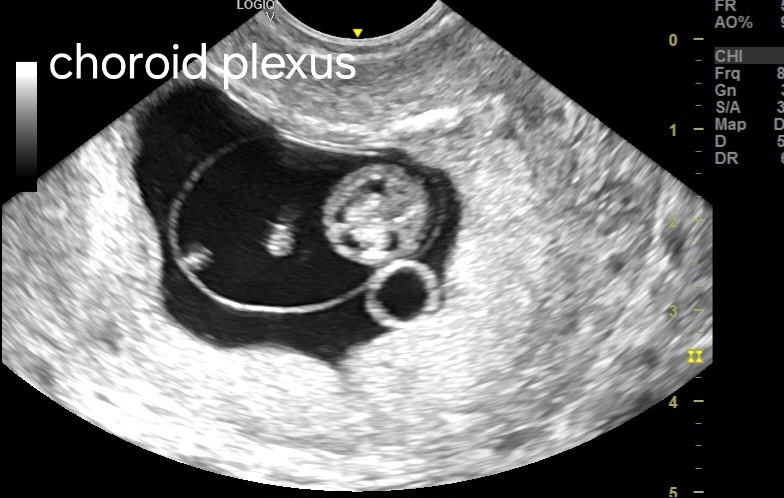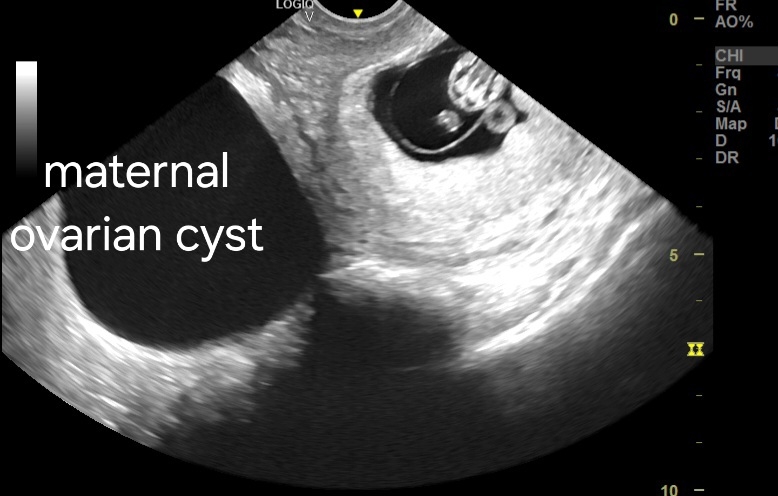1. Urinary Bladder Calculi:
- Two large calculi, each measuring 2.5 cms, detected within the urinary bladder.
- Visualized as hyperechoic foci with evident acoustic shadowing.
- Potential for obstruction of urine flow due to their size and location.
- Further evaluation needed to assess composition and determine appropriate management.
2. Bilateral Mild Hydronephrosis:
- Bilateral mild dilation observed in the renal pelvis and calyces.
- Indicative of impaired drainage or obstruction, possibly due to bladder calculi.
- Progression to renal impairment is possible if left untreated.
- Continuous monitoring required to assess for changes in hydronephrosis severity.
3. Grade 1 Prostatomegaly:
- Enlargement of the prostate gland noted, graded as mild.
- May contribute to urinary symptoms and exacerbate obstruction caused by bladder calculi.
- Management strategies should address both prostatomegaly and associated urinary tract issues.
- Consideration of treatment modalities such as alpha-blockers and TURP warranted.
For more on this topic visit:
Prognosis:
- Without intervention, there is a risk of recurrent urinary tract infections, worsening hydronephrosis, and renal dysfunction.
- Prognosis can be favorable with timely and appropriate management strategies.
Management:
1. Medical Management:
- Symptomatic relief: Utilization of analgesics for pain management.
- Antibiotic therapy: If urinary tract infection is present or suspected.
- Pharmacological interventions: Consideration of alpha-blockers to alleviate symptoms of prostatomegaly.
2. Surgical Intervention:
- Endoscopic procedures: Options include lithotripsy for bladder calculi fragmentation and TURP for prostatomegaly-related obstruction.
- Ureteral stent placement: Temporary measure to relieve obstruction in cases of severe hydronephrosis.
3. Follow-up:
- Regular monitoring of renal function and urinary symptoms to assess treatment efficacy.
- Repeat ultrasound examinations to evaluate resolution of hydronephrosis and status of bladder calculi post-intervention.
4. Lifestyle Modifications:
- Promotion of adequate hydration to prevent stone formation.
- Dietary adjustments: Guidance on avoiding foods high in oxalates and maintaining a balanced diet.
- Pelvic floor exercises: Encouragement for improving bladder emptying and managing symptoms of prostatomegaly.
Conclusion:
Comprehensive evaluation and a multidisciplinary approach are essential in managing adult male patients with urinary bladder calculi, bilateral mild hydronephrosis, and grade 1 prostatomegaly. Targeted interventions can mitigate complications and optimize long-term outcomes for these patients.














